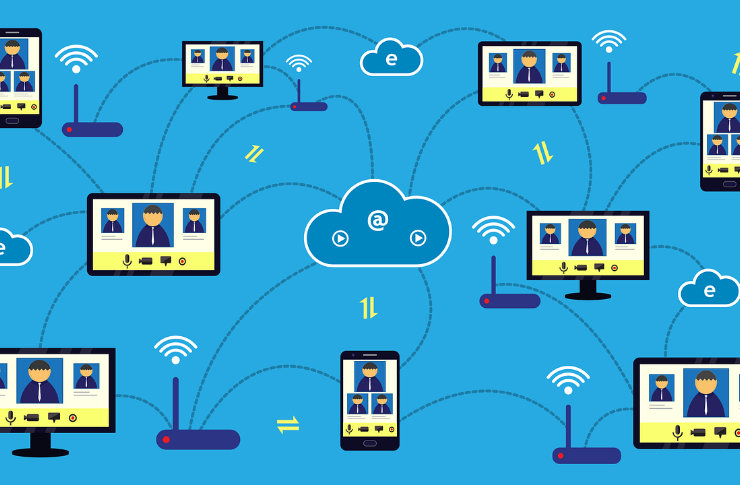Holographic Telepresence: The Next Frontier in Communication
In a world where digital connectivity reigns supreme, holographic telepresence is poised to revolutionize the way we interact across distances. This cutting-edge technology promises to bridge the gap between virtual and physical presence, offering an immersive experience that could transform everything from business meetings to long-distance relationships. As we stand on the brink of this communication breakthrough, let's explore the potential of holographic telepresence and its implications for our increasingly interconnected world.

How Holographic Telepresence Works
At its core, holographic telepresence relies on a combination of advanced imaging techniques, high-speed data transmission, and sophisticated display technologies. The process begins with capturing a person’s image using an array of cameras that record from multiple angles. This data is then processed in real-time, compressed, and transmitted to a remote location. There, specialized projection systems recreate the three-dimensional image, often using a combination of lasers, mirrors, and semi-transparent screens.
Current Applications and Early Adopters
While still in its early stages, holographic telepresence is already finding applications in various fields. The entertainment industry has been quick to embrace the technology, with musicians using holograms to perform “live” in multiple locations simultaneously. In the corporate world, companies like Cisco and Microsoft are developing holographic conferencing systems that promise to make virtual meetings feel more natural and engaging. Medical institutions are also exploring the potential of holographic telepresence for remote consultations and surgical assistance.
Challenges and Technological Hurdles
Despite its promise, holographic telepresence faces several challenges before it can become mainstream. One of the primary obstacles is the need for substantial bandwidth to transmit the large amounts of data required for high-quality, real-time holograms. Additionally, current holographic displays often require specialized viewing conditions, limiting their practicality for everyday use. Researchers are working on solutions to these issues, including more efficient data compression algorithms and improved projection technologies that work in various lighting conditions.
The Future of Holographic Communication
As the technology continues to advance, we can expect holographic telepresence to become more accessible and versatile. Future applications could include holographic classrooms where students from around the world can interact as if they were in the same physical space, or holographic tourism experiences that allow people to virtually explore distant locations. The potential for personal communication is equally exciting, with the possibility of holographic phone calls that make long-distance relationships feel more intimate and connected.
Privacy and Ethical Considerations
With great technological power comes great responsibility, and holographic telepresence is no exception. As this technology becomes more prevalent, it will raise important questions about privacy and data security. The ability to project lifelike images of people into any space could be misused if not properly regulated. Additionally, the increased realism of holographic interactions may blur the lines between virtual and physical presence, potentially impacting our social norms and personal boundaries.
Economic Implications and Market Potential
The holographic telepresence market is still in its infancy, but analysts project significant growth in the coming years. Early estimates suggest that the global market for holographic solutions could reach tens of billions of dollars by the end of the decade. This growth will likely be driven by a combination of enterprise adoption for business communications and consumer applications in entertainment and personal communication. As the technology becomes more affordable and widespread, it has the potential to disrupt traditional industries and create new economic opportunities.
In conclusion, holographic telepresence stands at the threshold of transforming how we connect and communicate across distances. While challenges remain, the potential benefits of this technology are immense. As we move forward, it will be crucial to balance technological advancement with ethical considerations, ensuring that holographic telepresence enhances our ability to connect meaningfully with others without compromising our privacy or social fabric. The future of communication is three-dimensional, and it’s closer than we might think.





